Animals constantly have to adapt to changing environmental conditions. All living things are looking for any means to survive. Sometimes these adaptations are invisible, in some cases change their appearance very unusual.
Content
- 1 Sand Partridge
- 2 Arctic hare
- 3 Gerenuk antelope (Waller’s gazelle)
- 4 African toad
- 5 long-legged maned wolf
- 6 Flying Malay Woolwing
- 7 Turkey Vultures
- 8 Frogs from Alaska (Rana sylvatica)
- 9 Sabretooth Deer
Sand partridge
Contents
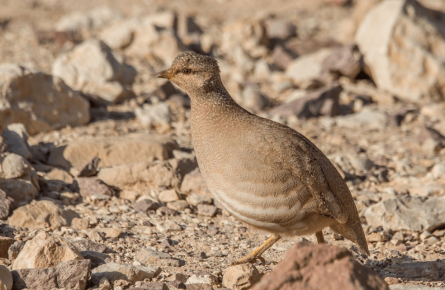
The bird is able to carry water on its wings.
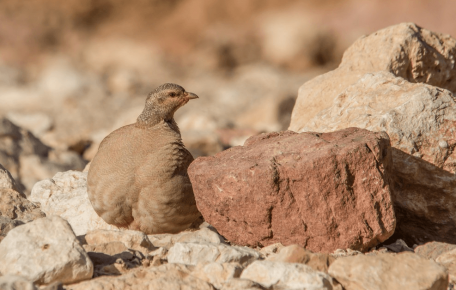
A partridge male can collect water with feathers on his wings, to take her to the nest and drink her brood.

And this is a female, her color is less bright.
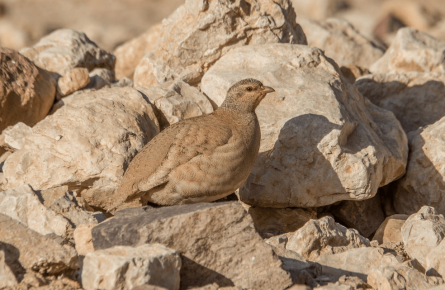
Arctic hare

The largest North American hare.
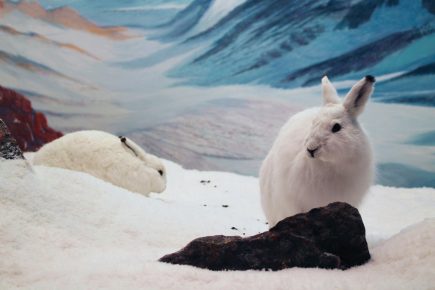
These hares with a large trunk have rather short ears.
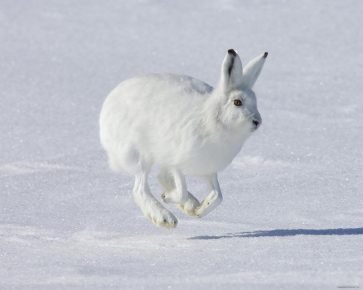
Such short ears are a necessity for survival in a very colder climates, as the longer the ears, the greater the loss heat.
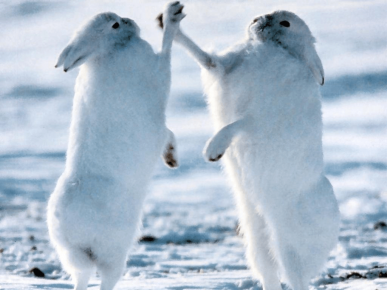
Antelope Gerenuk (Waller’s gazelle)

African dry savannah life and thorny shrubs led to the fact that antelopes with long neck and legs, which is why they began to call them “giraffe gazelles. ”
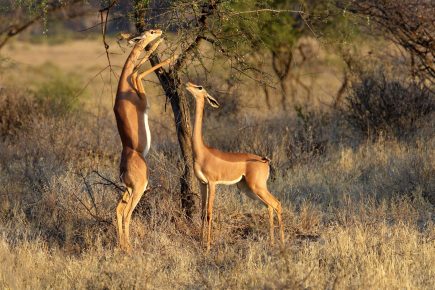
And also the feature of this antelope is its hard tongue and insensitive lips, this gives her the opportunity to get leaves with high prickly bushes.

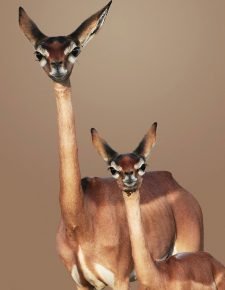
African Water Toad
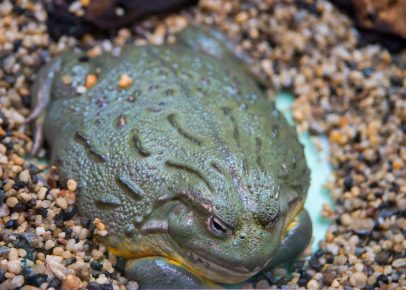
Grows up to 25 cm.
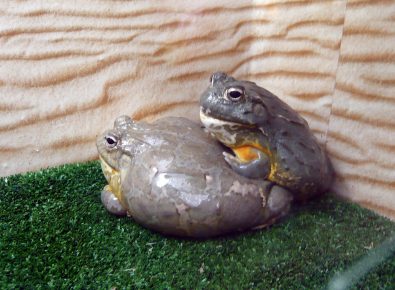
When the rainy season ends, they dig deep into land, where, covered with thick mucus and accumulated in the bladder to half a liter of water, can sleep, waiting for rain up to 7 years.
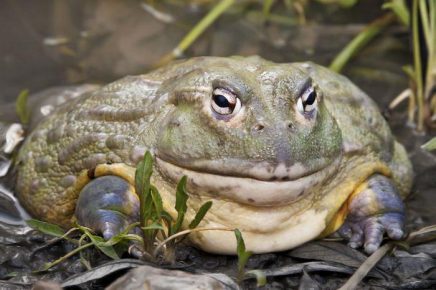
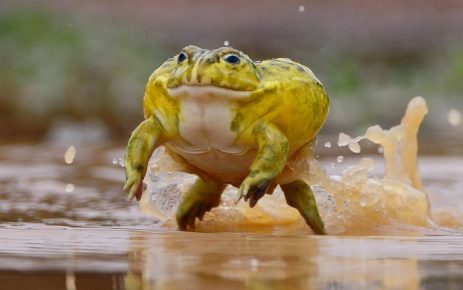
Long-legged maned wolf
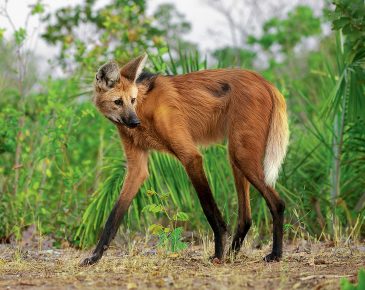
Its color is very similar to a fox and has very long legs.

Such strange legs help him survive in South African meadows. among the sea of tall grasses.

Being high above the grass, the wolf quickly notices sneaking up enemy and manages to escape. Most likely, it was a proverb about him “The wolf’s legs are fed.”

Big ears are also needed for the wolf to survive – they allow him hear even the faint rustle of mice and other rodents with which he eats.

Flying Malay Woolwing
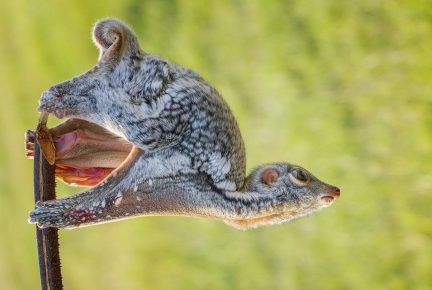
His body looks like a canopy of a small parachute when flying – the winged wing, spreading its membranes, can fly over 100 meters.
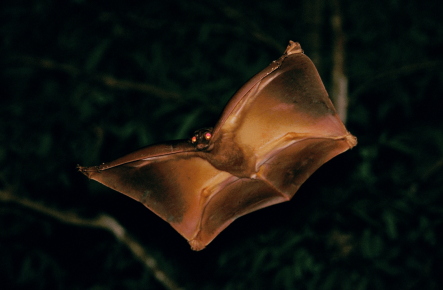
Woolwing live on trees in tropical South Asian forests.
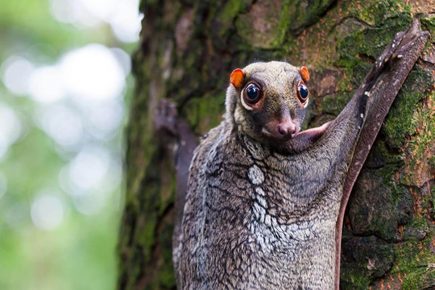
Their paws are great for climbing trees, but the ground of the winged wing moves very poorly and can easily perish.
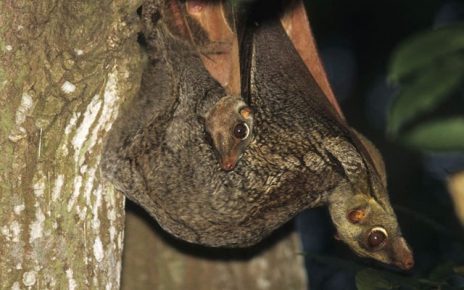
Turkey Vultures
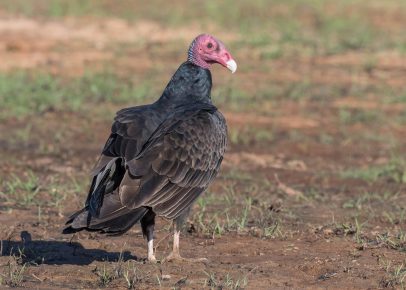
Everyone knows that these are carrion birds, but they have one more unusual feature. In extreme heat, they urinate on themselves to cool off.
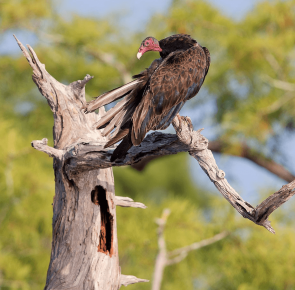
The second property of urine is a way to increase immunity and sterilize bird feet after a ravenous meal.
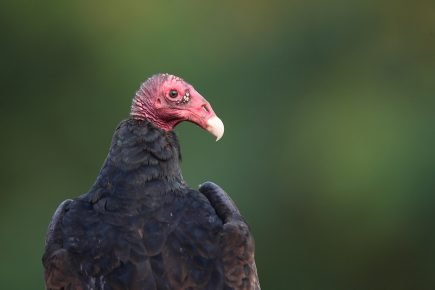
There is even a term for this phenomenon: urohydrosis.

Frogs from Alaska (Rana sylvatica)
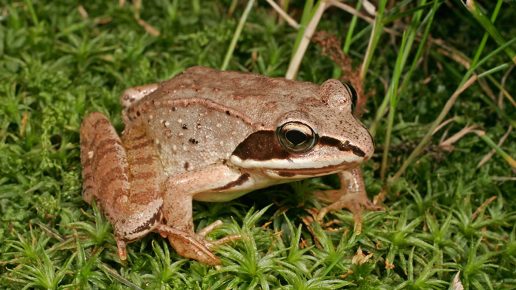
They freeze in ice in winter, and thaw in spring and again come to life.

This is possible due to the special structure of the liver of these frogs and complex blood biochemistry when their liver during freezing doubled.
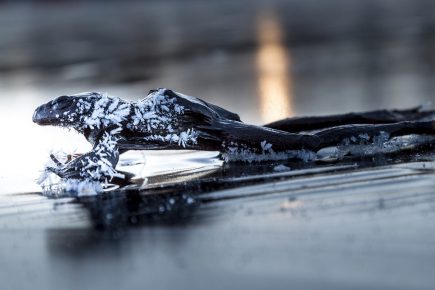
Saber-toothed deer

To compensate for the small horns, these deer “acquired” long fangs, which is why they got the name “saber-toothed”.
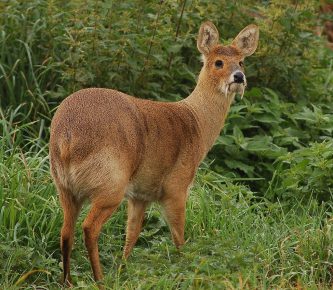
Fangs are mobile and muscle-controlled. Eating fangs retract, and in case of danger are directed forward, and become pretty formidable weapons.
These deer have one more feature, in danger they start to bark.
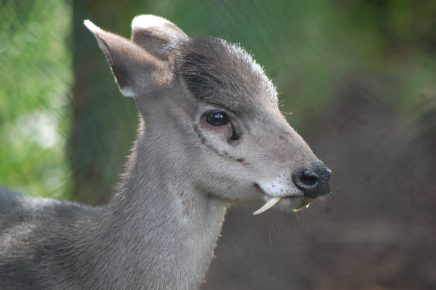
So, using adaptation mechanisms, animals learned to survive in harsh conditions and adapt.







